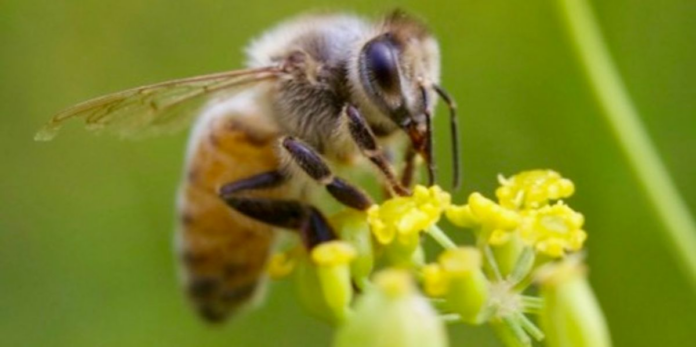The Latvian animated film is a wordless survival story that lets its animals act like animals. Photo: Janus Films
We originally reviewed the charming Latvian film Flow on November 21, 2024. If the movie’s surprising Best Animated Film win at the Golden Globes on Sunday left you curious to check it out, you’re in luck: It hits VOD today.
There are no people in Flow, an animated movie from Latvia about the adventures of a black cat, a yellow Lab, an unflappable capybara, a tetchy lemur, and an aloof secretary bird that band together to survive a cataclysmic flood. But traces of humanity are all over its drowned landscape, offering contradictory clues about what might have led to our absence. The house that the movie’s feline protagonist resides in looks like it was recently inhabited. The bed is still made, and a sketch of the cat, also the subject of several sculptures outside, suggests the home might have once been a shared one. But elsewhere, what’s left of humankind looks more like well-preserved ruins — like the columns from an uncertain period that poke up through the water, or the empty city carved into the contours of a mountain, or the various abandoned vessels lying around, among them a tattered sailboat that Cat & Co. find their way aboard. There are no skyscrapers or rusted-out and vegetation-reclaimed motor vehicles, little to suggest that the world of the film is supposed to have once been our own. The setting is more mystical than it is postapocalyptic, but either way, it’s one that has been turned over to the animals.
And the characters in Flow are animals, not the usual anthropomorphized animated creations, even if the film leans into the fantastic when it comes to the ways they learn to cooperate and navigate their new aquatic reality once the water starts to rise and swallow everything. They don’t talk, aside from species-specific grunts, barks, and hisses recorded from real-life critters. Mostly, they communicate through flicked ears and wary stares and wagged tails that speak eloquently without a sound. Flow, which was directed by Latvian animator Gints Zilbalodis from a script he wrote with Matīss Kaža, isn’t a children’s movie. Or, rather, it’s child appropriate in the way that a set of artisanal blocks destined to be ignored in favor of an iPad might be. It’s more fitting to say that it’s a fable, a delicate work that teeters between the charmingly Miyazaki-esque and something more irritatingly synthetic, like a screensaver.
The latter effect comes from some of the choices in animation, which was done with the free, open-source software Blender. The animals have a blocky look that takes a moment to accept but quickly becomes endearing because it gives them the feel of digital sketches. But the backdrops are rendered with an oppressive prettiness that has a perverse cheapening effect. While the similarly strange landscapes of The Boy and the Heron register as dreamlike, in Flow, they’re a few steps closer to photorealistic, which just makes their unending lushness look like a video game. The sun-dappled woods and verdant fields that the film starts with could have been lifted out of any number of open-world games, while the waterlogged areas the characters must make their way through, post-flood, more often than not evoke the CD-rom classic Myst. While the Pixar aesthetic has driven the public’s ideas about what computer animation looks like, lurking behind it has always been the more ambient vibes of the Mind’s Eye compilations, which Flow owes a sometimes unfortunate, cannabinoid-scented debt to.
Still, to give Flow too much grief for being a feat of accessible animation technology is like kicking a puppy — or a snoozing capybara — while it’s down. The pleasures of Flow come from the expressiveness of its animals, whose personalities come through so distinctively that, blessed absence of celeb voices aside, it becomes a fun game to start casting the actors who would play each type if they were human. For Cat, an elegant, independent feline that is initially hesitant to find itself in the close proximity of other animals, I was thinking maybe Emma Corrin, who’s capable of embodying a similar wide-eyed guardedness. Dog, on the other hand, could be any number of Hollywood himbos, with his eager grin and willingness to ignore all signs that Cat would rather be left alone. Dog initially runs with a boisterous pack that roams the woods, scrapping over fish they catch from streams and giving chase to anything that catches their attention, including Cat.
That Dog, once he’s separated from his fellows, is able to slowly win over Cat’s trust after this is as close to a central theme as Flow has — and it’s handled in a less saccharine fashion than a similar development in The Wild Robot. Stuck with their own species, the animals behave in predictable patterns. When shaken out of their instinctive habits, they work together and develop a more advanced consciousness. Finally, a feline-led film that really is about the perils of tribalism.



